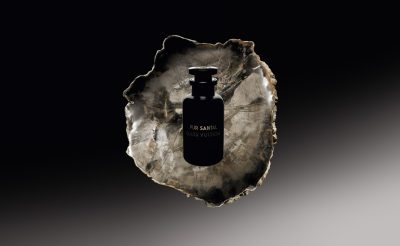“A lot of people are afraid of surgery you know. So when they hear they can do something non-invasive they obviously want to come and try it,” explains Dubai-based dermatologist Dr Hala Fadli. “That’s why this is a good option for them.” She’s referring to the non-surgical nose job – a non-invasive procedure that doesn’t require anesthesia designed to correct and improve the overall appearance of the nose using fillers, that has been gaining popularity worldwide. Intended for people who have minor defects with the shape of their nose such as bumps, unevenness and shallow or low bridges, the procedure, which takes 10-15 minutes to complete, sees the practitioner use Botox or injectable fillers to add volume and smooth out imperfections of the nose. Where exactly the filler is injected is determined on a case-by-case basis, with some of the most common areas being on the nose bridge, below or above a bump and on the tip or sides of the nose. Recovery time is minimal and the results last from nine to 12 months. “After the injection patients may experience a little bit of redness and swelling, which is normal and will subside after a couple of hours,” notes Dr. Fadli. “It’s not painful – it’s just a tiny prick of a needle. My patients leave and can go back to work immediately.”
Like any procedure, there are risks involved – including blindness as a result of the filler being accidentally injected into the retinal artery, which controls blood ow to the eye. Compressed blood flow to the skin over the nose is another complication that can arise when filler is injected into the tip, however both are extremely unlikely. Unfortunately the procedure isn’t a solution for everyone. “We can correct the results of bad nose jobs for patients with fillers and we can elevate the tip and fix bumps,” explains British plastic surgeon Dr Rory McGoldrick. “But, there is a limit to what you can do. For example, you can’t narrow the tip of the nose and for a comprehensive change it’s still the traditional rhinoplasty.”
“Since starting my clinic in 2011, the number of patients I see for this procedure has risen steadily,” divulges Dr Fadli, “I would say it’s an even split of both men and women in their 20s and 30s that are having it done. The good thing about the procedure is that it isn’t permanent. This allows you to see if you’re happy with the results – which most people are – but if you’re not, we use a substance called hyaluronidase that will dissolve the fillers,” she continues. With a wide array of clinics in Dubai now performing the procedure, it’s important to do your homework and look for a reputable doctor with plenty of experience.





